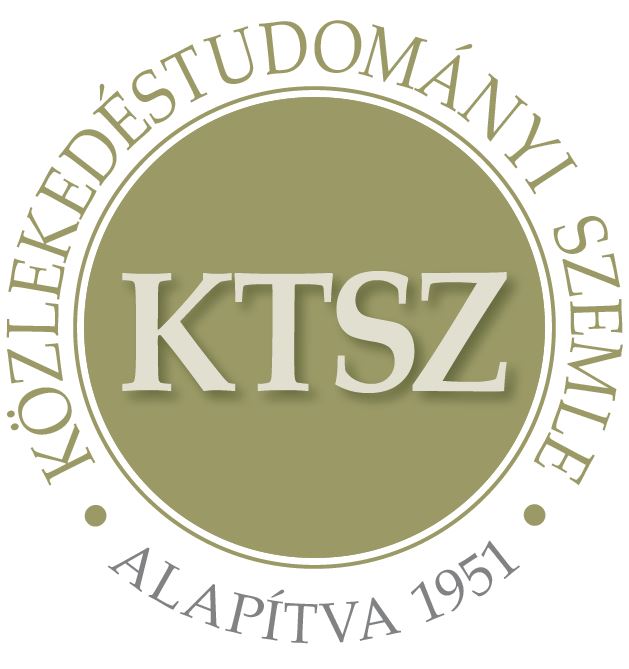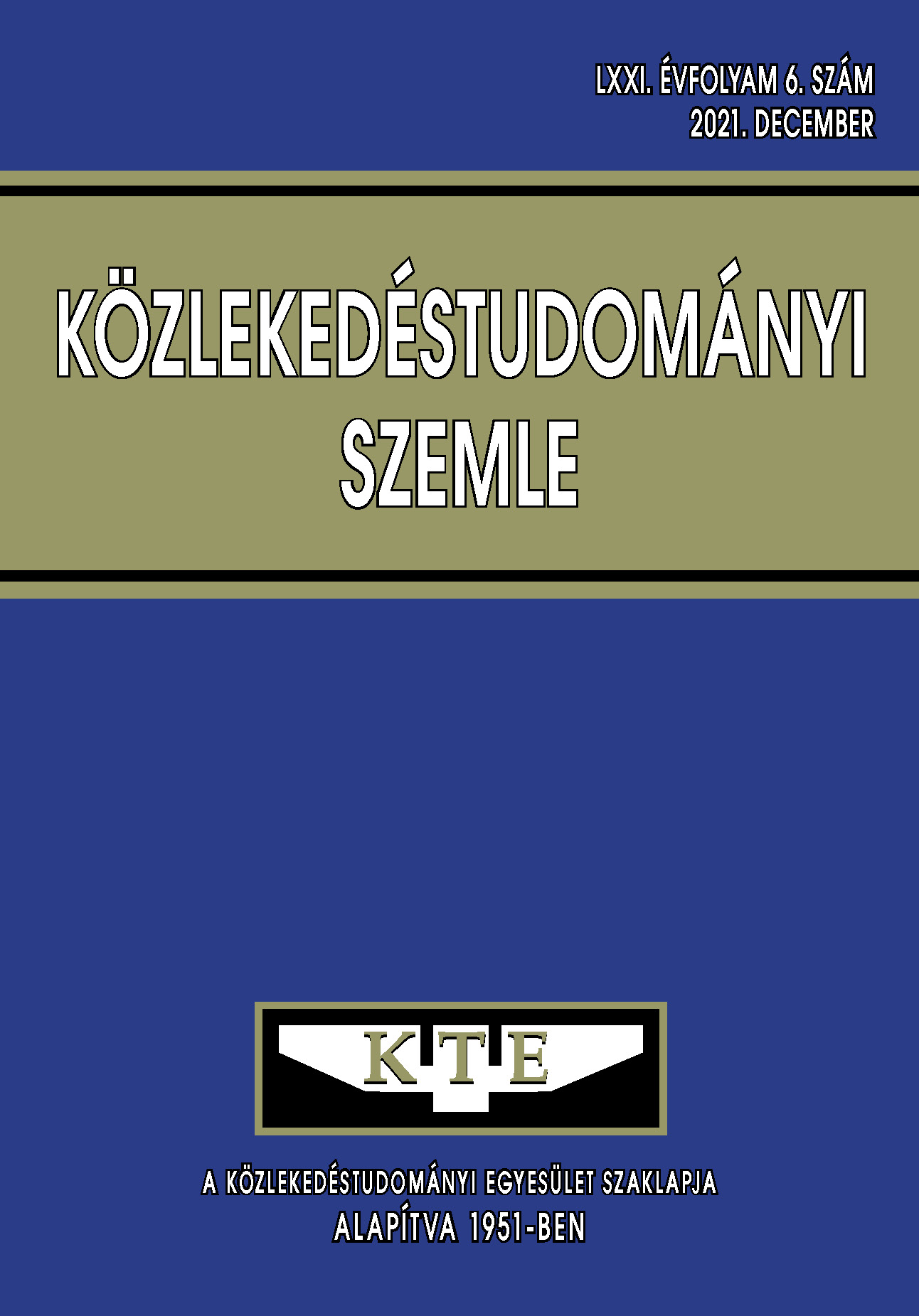The future of the railway – the railway of the future in Budapest
Abstract
The construction of the Budapest railway network began 174 years ago, and after continuous expansion and transformation, it took the form similar to its current one a few decades later. Passenger transport is currently concentrated on three main railway terminals, which can be bypassed, mainly by freight transport, on connecting lines. Ideas were conceived to transform the network, e.g. to create a central railway station, as early as at the turn of the 20th century, but their implementation has not yet taken place to date. Much of the capital's network is now obsolete in terms of passenger and rail traffic, while the national network, especially the suburban railways, have undergone significant development or are in the process of being modernized. As a result, the railway stations of Budapest along with the city’s gathering lines and connecting lines are now a bottleneck in the railway network.
References
TRENECON Kft.; FŐMTERV Zrt.; KTI Közlekedéstudományi Intézet Nonprofit Kft.: Budapest Vasúti Stratégia (BVS) – Első szakcikk
Tumik Péter: Nächster Halt/Next stop: Budapest Airport, Közlekedéstudományi Konferencia Győr 2018.
Tumik Péter: Innovatív megoldások a hatékony, utas- és üzemeltetés-barát vasúti infrastruktúra tervezéséhez, a „Rákos-Hatvan projekt” példáján keresztül, Közlekedéstudományi Konferencia Győr 2017.
Articles published electronically are open access (OJS), freely available online and can be downloaded. Authors of articles are not charged any publication or publishing costs (APC). Users have the right to read, download, copy, print, and search the articles, or share the full text with a link.
Authors must declare that their submission has not been previously published in another journal, that financial support has been acknowledged, and that the list of references is complete and accurate, including specification of URLs and DOIs (if available). When submitting a draft article, each author approves the submitted version. Authors guarantee that the article is their original work. Authors are required to participate in the peer review process, follow the advice of reviewers, meet the prescribed deadlines, and, if any, withdraw the submission or correct errors.
All submitted articles are subject to peer review, where the editors request an independent evaluation from at least one expert, ensuring that the reviewer(s) have no conflicts of interest with the authors. The final decision is made by the Editor-in-Chief, who takes into account the evaluations and the suggestions of the editors. The editors and reviewers treat the submission confidentially.
The publisher and editors are committed to maintaining high ethical standards and to preventing publications that involve research misconduct. They follow the COPE guidelines on such ethical issues.
The authors retain copyright and grant the journal the right of first publication under the Creative Commons License (https://creativecommons.org/licenses/by-nc-nd/4.0), which allows others to share the work, while acknowledging the authorship of the work and the first publication in the journal.
The journal archives all published articles, and the journal's owner, the Hungarian Society of Transportation Sciences, will continue to operate the database even if the journal ceases to be published.















